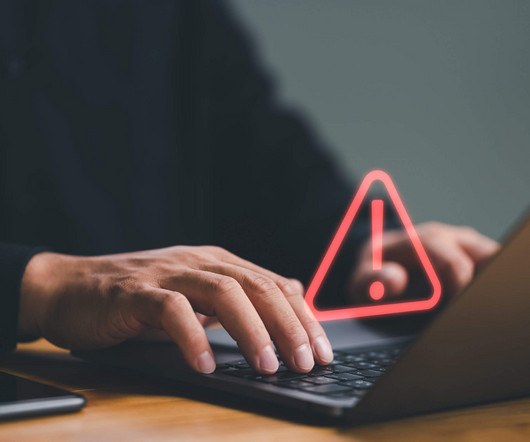On the Twitter Hack
Schneier on Security
JULY 20, 2020
Twitter was hacked this week. Not a few people's Twitter accounts, but all of Twitter. The hacker used that access to send tweets from a variety of popular and trusted accounts, including those of Joe Biden, Bill Gates, and Elon Musk, as part of a mundane scam -- stealing bitcoin -- but it's easy to envision more nefarious scenarios.












Let's personalize your content